|
by Bryan Patrick Avery Last week, we started exploring ways to help readers bond with your characters, which in turn helps readers stick with books all the way through to the end. If a reader cares about a character, then she will care about what happens to them (the plot). This week, we’ll look at two more books with interesting characters readers care about. First up, a robot marooned on an island. In “Wild Robot”, written by Peter Brown, Roz is a robot who opens her eyes for the first time and discovers she is all alone on an island. She’s been programmed to serve humans, but with no one to serve, what will she do? She learns very quickly, through encounters with the local wildlife (bears) and with Mother Nature (a horrendous storm), that she must first learn how to survive. To do this, she realizes, she must learn from the creatures who’ve already learned to survive on the island. There’s only one problem: the local creatures think she’s dangerous. What makes Roz appealing is simple. Her journey of discovery, not just of where she is but who is, is one every reader can relate to. Whether it’s finding your place on a deserted island or in a crowded middle school, the challenges, emotions, and concerns are the same. Over time, as Roz begins to build relationships with her island-mates, readers can even identify with the joys of making new friends and accomplishing tasks that once seemed impossible. In Roz, Peter Brown created a character who, though truly unique, is just like each of us. If you want to create a character that resonates with readers, Roz’s example is a great one to follow: connect your readers to your characters through shared emotions. Your readers will thank you. Is it possible for your readers to connect to a character who lived more than a century ago? For T.R. Simon, author of the Edgar Award nominated “Zora and Me: The Cursed Ground”, the answer is a resounding yes. A fictionalized account of the childhood of Zora Neale Hurston, the book follows Zora and her friend Carrie as they attempt to unravel a mystery in America’s first incorporated black township. The story begins late one night when Zora and Carrie sneak out of the house after hearing horses in distress. Soon, the girls stumble upon Mr. Polk, who has been attacked and is badly injured. What follows next leaves Zora determined to investigate and nobody, not Carrie, not the town’s hoodoo lady, not even Zora parents, will be able to stop her.
That, in fact, is a large part of Zora’s appeal. Her determination to do what she thinks is best, even with all of the adults in her life telling her no, is every reader’s fantasy. Her bravery, wit, and intelligence make her the type of person many of us would love to be. It’s no surprise, then, that readers will stick with her through thick and thin. We’re rooting for her because, if she can do it, we feel that maybe we can too. Just as a reader can connect with a character because the character is like them, a reader will connect with a character with qualities the reader would like to have. Perhaps that’s why adventure stories, and the characters they feature, have always been so popular. Well, that’s all for now. Happy writing and have a magical month. by Bryan Patrick Avery Most well-known magic artists aren’t famous because of the tricks they perform, but because of the personality of the magicians themselves. Magicians like Daryl, Don Alan, and Johnny Thompson found their fame by portraying themselves as someone audiences could relate to, enjoy spending time with, and root for. The same is true of the stories we tell. While the story may entertain, if our readers don’t care about the characters, they won’t stick with a book for very long. This week, and next, we’ll take a look at four characters readers care about and see if we can learn a little about how to make our own characters a little more memorable. First up, a patriotic second grader with a big dream. In “Ellie May on President’s Day”, a chapter book written by Hillary Homzie and illustrated by Jeffrey Ebbeler, Ellie May’s big dream is to be picked to be flag leader in her second-grade class. Her quest lasts the entire week before President’s Day and begins with her realization that she hasn’t been picked to be flag leader for some time, while some of her classmates have been picked more than once. So, why do we root for Ellie May? We meet Ellie May the Monday before President’s Day. When her teacher asks for a volunteer to be flag leader, Ellie May is out of her seat, her arms swishing “like windshield wipers”. We can instantly relate to her desire to be picked. When she’s admonished to return to her seat, we feel for her. She pouts as another student is picked and, while the rest of her class gives the student a “ten-finger woo”, Ellie May stayed in her chair and kept her “hands super still”. Pouting isn’t always an attractive trait but, in this case, we can relate to Ellie May’s disappointment. Plus, she quickly turns her feelings into action. By the end of the first chapter, Ellie May makes a pledge: “This week I will be flag leader.” Will she succeed? The reader will have to stick around to find out. Our introduction to Ellie May in chapter one builds a connection to the reader that will have them rooting for her even as her spirited personality and misguided decision making gets her into trouble over and over again. By the end of the book, we’re really pulling for her to her succeed. Her flaws are endearing to us and every reader can find a little bit of themselves in Ellie May. If you’re looking to create a relatable, realistic character, check out “Ellie May on President’s Day”. Can you make a lazy, self-centered character likeable? A.B. Greenfield did. In “Ra the Mighty: Cat Detective”, illustrated by Sarah Horne, we meet Ra, a cat who wants nothing more then to lay in the sun by the pool while servants deliver snacks to him. He is Pharaoh’s cat, which means he is adored and revered, but why do readers relate to him? Perhaps the answers lie in Khepri, Ra’s scarab-beetle friend and sidekick. Like many sidekicks, Khepri helps to steer Ra towards doing what’s right, keeping his idiosyncrasies from alienating readers. For example, when a cat named Miu approaches Ra and asks for his help solving a mystery that could protect a young servant girl, Ra refuses. It is Khepri who pushes Ra to do what’s right. Even after Ra agrees to help, it is Khepri who pushes him to continue the investigation and to continue to think of the girl. The key is, however, that Khepri knows Ra better than anyone, and he knows that Ra is actually kind on the inside. So, when he nudges Ra to take action, he knows that Ra has it within himself to care for others and help. Early on in the story, while Ra is still refusing to help, Miu goes off on her own. Her route will take her directly into the path of the royal hunting dogs. This would spell doom for Miu. Khepri blackmails Ra into stopping Miu from going that way, but it becomes clear that Ra is willing to do it, just with a little prodding.
Ultimately, this lazy, privileged cat proves time and again throughout the story that he does care about more than lounging and eating snacks (though those two things might be his favorite pastimes) which helps readers bond with him and care about what happens to him and Khepri. If you have a protagonist whose most visible personality traits might be a little less that endearing, consider using a sidekick to help bring out the best in them. That’s all for Part 1. Next week, we’ll take a look at a robot marooned on an island and fictionalized version of a famous writer as we wrap up our look at building characters. Until then, have a magical week! by Melissa Stoller In the blog post, Writing Resources Part 1, I highlighted books about the writing process and about living a creative life. I refer to those books often as I brainstorm ideas, write, and revise. In part two, I’m showcasing books that will help with technical points as you craft your stories. CHILDREN’S WRITER’S WORD BOOK, 2nd edition, by Alijandra Mogilner & Tayopa Mogilner – I keep this book on my desk and use it whenever I need to find a word relating to children of a certain grade, or find a synonym. THE EMOTION THESAURUS: A WRITER’S GUIDE TO CHARACTER EXPRESSION, Second Edition, by Angela Ackerman & Becca Puglisi – this book offers suggestions for finding words that express emotion beyond the standard words that writers might first land upon. There are also other books in this series, such as words describing positive and negative traits. This also sits on my desk when I’m drafting. THESAURUS OF THE SENSES: A TOOL FOR WRITERS, TEACHERS, STUDENTS, AND WORD LOVERS, by Linda Hart – another great resource, broken into categories “See,” “Hear,” “Touch,” “Taste,” and “Smell.” THE DESCRIBER’S DICTIONARY: A TREASURY OF TERMS & LITERARY QUOTATIONS, by David Grambs & Ellen S. Levine – I often turn to the quotations to read great writing, and I refer to the list of terms to find the precise words to use when I’m composing. THE ELEMENTS OF STYLE, by Strunk and White – No writer’s reference library is complete without this timeless book (I still use my old edition, it’s probably time to update!). Here’s a sample of a few well-stated rules: “Revise and rewrite,” Do not overwrite,” and “Do not overstate.” Priceless. I hope these books are helpful as you create your stories! BIO: Melissa Stoller is the author of the chapter book series The Enchanted Snow Globe Collection - Book One: Return to Coney Island and Book Two:The Liberty Bell Train Ride (Clear Fork Publishing, 2017 and 2019); and the picture books Scarlet’s Magic Paintbrush and Ready, Set, GOrilla! (Clear Fork, 2018). Upcoming picture books include Return of the Magic Paintbrush and Sadie’s Shabbat Stories (Clear Fork, 2019). She is also the co-author of The Parent-Child Book Club: Connecting With Your Kids Through Reading (HorizonLine Publishing, 2009). Melissa is an Assistant and Blogger for the Children’s Book Academy, a Regional Ambassador for The Chapter Book Challenge, a Moderator for The Debut Picture Book Study Group, and a volunteer with the Society of Children’s Book Writers and Illustrators/MetroNY. Melissa has worked as a lawyer, legal writing instructor, freelance writer and editor, and early childhood educator. Additionally, she is a member of the Board of Trustees at The Hewitt School and at Temple Shaaray Tefila. Melissa lives in New York City with her husband, three daughters, and one puppy. CONNECT: www.MelissaStoller.com http://www.facebook.com/MelissaStoller http://www.twitter.com/melissastoller http://www.instagram.com/Melissa_Stoller http://www.pinterest.com/melissa_stoller |
We are so excited to be mixing things up at CBA, beginning with some delicious additions to the Blogfish. Meet our awesome bloggers!!
Here's our lineup: 1st Mondays begin with former school psychologist Dr. Debra Collins who will be writing about Social emotional Learning in kidlit and behind the scenes as well as Jewish children's books. 2nd Mondays will feature super smart Melissa Stoller whose career is taking off with several new books. 3rd Mondays will feature our new blogger coming soon. 4th Mondays features new blogger, the fabulous Brentom Jackson, who has a beautiful approach to blogging. And 5th Mondays we'll be taking a break Archives
July 2024
|
|
Discover
|
About Us
|
Join Us
Join our Community and receive a fabulous free gift, KidLit tips, newsletters, scholarship info, contests, and more!
Join our KidLit Mentorship |
Social Media
Interact with our FaceBook Group or follow us on:
|
© 2010-2024 All content on this website is copyrighted. Sorry, all courses are non-refundable.
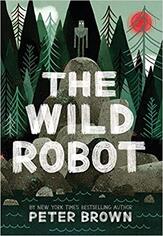
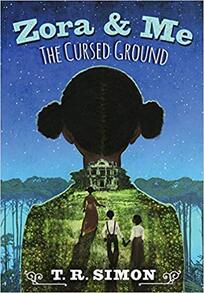
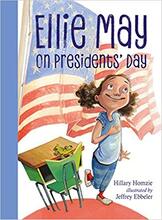
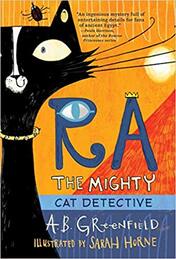
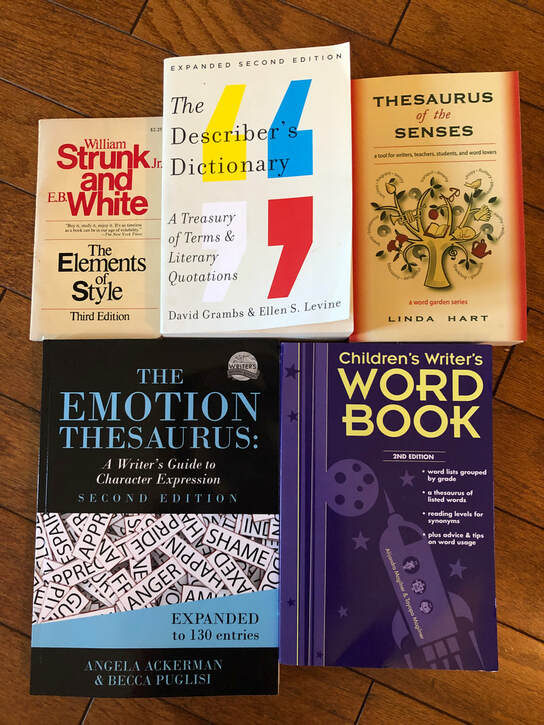

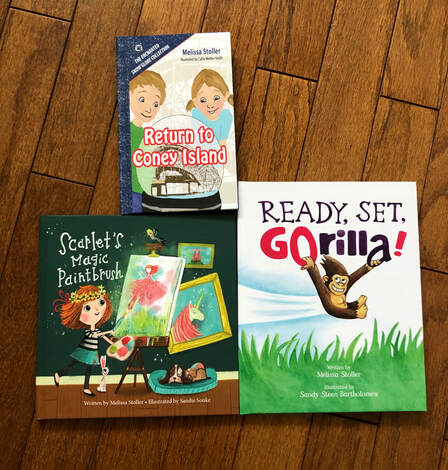
 RSS Feed
RSS Feed
